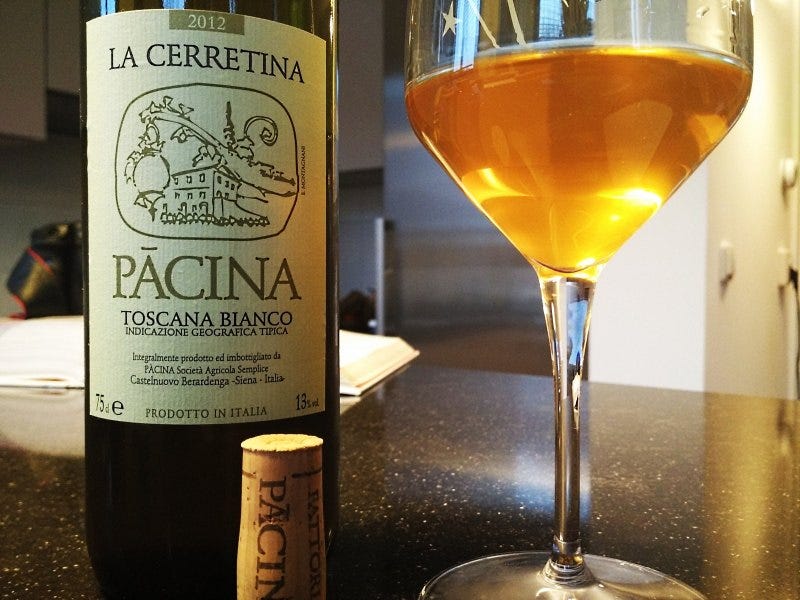Oxidative versus Oxidised: Pacina - La Cerretina 2012
"It's oxidised" - how many times have I heard this statement, when talking about orange wines? Even amongst wine professionals, the misconception often prevails. Most of us are very visual creatures - confronted with what we're told is ostensibly a white
(Almost) every week, I select an orange wine (a white wine made with extended skin contact) that grabbed my attention. View the whole series here.

"It's oxidised" - how many times have I heard this statement, when talking about orange wines? Even amongst wine professionals, the misconception often prevails. Most of us are very visual creatures - confront…
Keep reading with a 7-day free trial
Subscribe to The Morning Claret to keep reading this post and get 7 days of free access to the full post archives.



